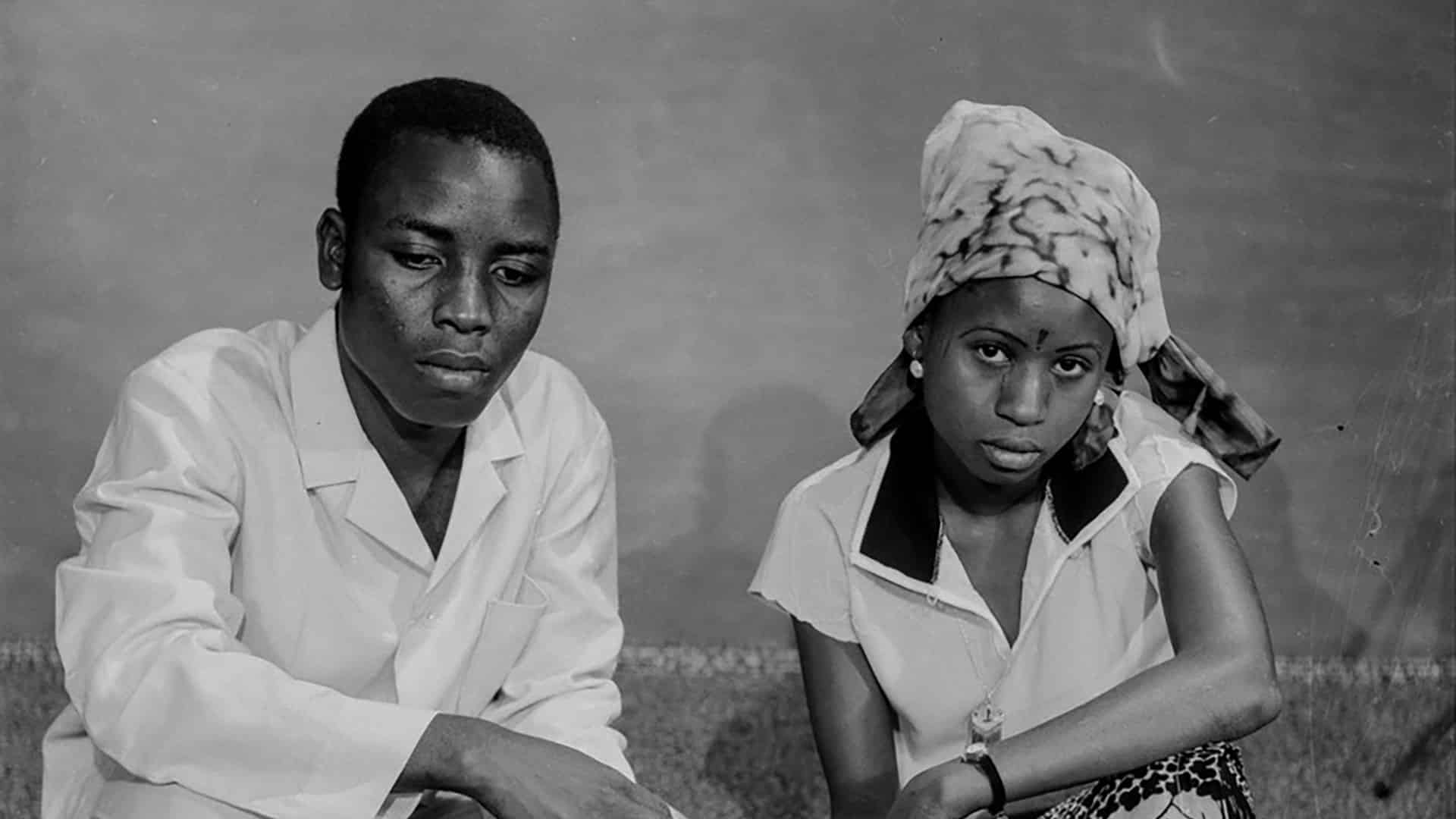
Papami © Benjamin Hoffman
It all started in a cab… That day, Benjamin Hoffman, on a visit to Yaounde, Cameroon, was stuck in traffic. The cab driver took a detour and went through a neighborhood where Benjamin would have never ventured on his own. But there it was again, another traffic jam. As the cab inched forward, Benjamin looked out the window. Something caught his eye. He spotted the façade of an old photo studio. “Something called out to me,” he recalls, still filled with the enthusiasm of that discovery. “I asked my companion to wait in the cab and went to take a closer look. Inside, someone hollered, ‘What’s the whitey after?’ I was a bit put out, but still very curious…” So Benjamin asked him what sort of a studio this was and if the man was himself a photographer. “No, that’s my dad,” the man answered, then went to the back and returned with a huge box. “It was like a movie: the box was placed amid a layer of dust and I saw striking photos spill out,” says Benjamin.

130,000 negatives
Benjamin took an instant affection to these images. “I began touching them, instinctively sorting through them….” He stayed two hours in the studio contemplating hundreds of photographs. He ended up buying some prints and taking them back home to Paris. Thus began a period when he could think of nothing else. “It became an obsession,” he now observes, recalling how he threw himself into this great adventure.
He made a number of trips to Cameroon over the course of a year to meet one of the photographer’s children and try to make contact with the artist. The task was difficult. He had to overcome their natural mistrust. He explained his project, introduced himself as a photographer, and presented his own work; he told them he strongly believed there would be real interest in bringing Papami’s work to a worldwide audience. For years, their father’s photographs lay dormant in a box. Papami generated some 120,000 to 130,000 negatives between 1960 and 1980. This is a staggering amount, especially that, as Benjamin realized, most of the images are technically irreproachable.

“My son”
It was Benjamin’s good fortune that Papami’s photographs had been classified and inventoried. He was thus able to start sorting them right away. As he was working on this project, he finally got to meet Papami. It was a revelation. Benjamin was touched by the artist’s personality. They clicked immediately. “Nowadays, he calls me ‘my son’,” says Benjamin, his voice trembling slightly with emotion. Michel Kameni, known as “Papami,” was equally enthusiastic about the encounter. More than anything, he wanted to share his skills. He was thrilled to pass on his darkroom secrets to the young photographer.
Papami’s personal story was no less amazing. How did someone raised in a remote corner of Cameroon, who herded goats as a child, manage to become a photographer? He owed it to his uncle who was a photographer in the French army during World War II. When he returned to Cameroon, he went to fetch his nephew from the Cameroonian countryside, brought him to the capital Yaounde, enrolled him in a school, and taught him photography. Papami went on to work for the French colonial administration taking ID photos until the independence, and then ended up opening his own photo studio in 1963.

Parade
City residents began filing through Papami’s studio. They liked posing for his camera, often in costume. Some would come dressed as cowboys because they had seen Zorro and John Wayne films in the cinema. Papami bought a prop gun for the purpose. Some would strike a proud pose next to their motorbikes; others would come to have wedding, or other special occasion, photos taken. Although Papami’s portraits may resemble those of photographers like Seydou Keïta or Malick Sidibé, he had never heard of them and developed his own style. He is “an excellent portraitist,” observed Benjamin Hoffman, noting that the photographer was particularly meticulous about lighting. Indeed, every single image is proof of the care he poured into it. One can feel that Papami knew how to draw out his subjects. Their faces often crystallize a passing emotion, offering a glimpse into their character. It seems that Papami possesses a true gift for gazing into people’s souls, lending it flesh, letting it show in the subject’s eyes. This is true, for example, of the man who seems to be waiting for something with a tense face and a serious expression. Similarly, the woman wearing a wedding dress seems to be looking into the future.
When it comes to the future, Michel Kameni is full of hope. Not only is his work about to travel around the world—two exhibitions are forthcoming, and there is talk of a book publication; he also hopes to recover his sight following an eye operation: the eyes that watched hordes of young people parade through his studio for sixty years will once again open onto images.


© Michel Kameni


© Michel Kameni

© Michel Kameni

By Jean-Baptiste Gauvin


